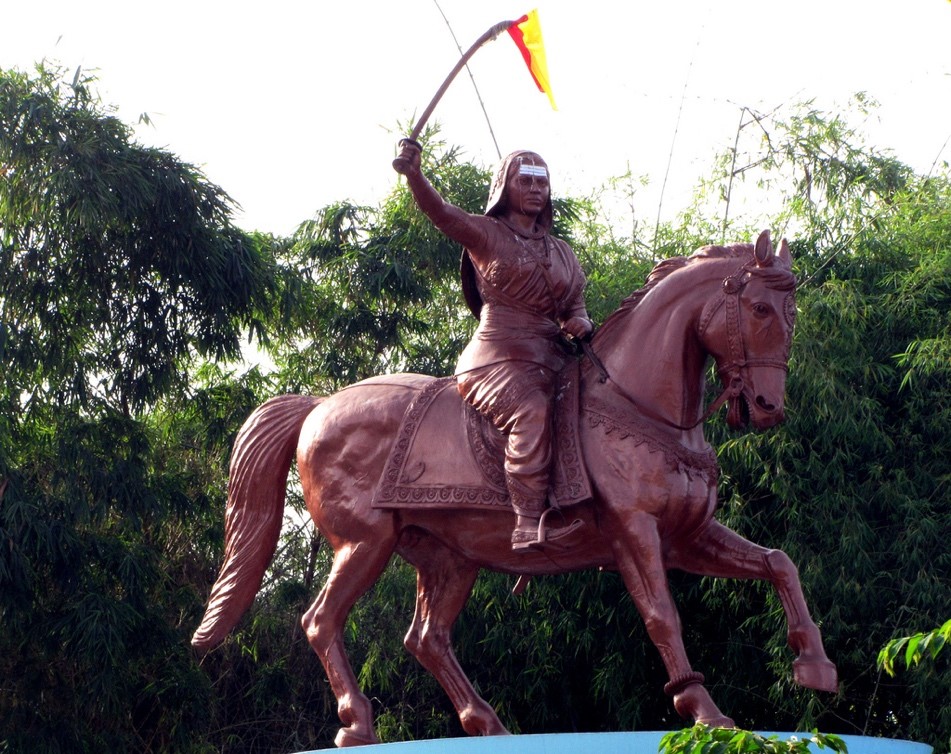Free Courses Sale ends Soon, Get It Now


Free Courses Sale ends Soon, Get It Now



Disclaimer: Copyright infringement not intended.
Context
Details
Rani Chennamma's revolt against the British in 1824 served as a catalyst for a national campaign for women's rights in India.
Goals of the Campaign
About Kittur Chennamma
Early Life:
Rebellion Against the British:
Legacy:
Conclusion
|
PRACTICE QUESTION Q. Kittur Chennamma remains an iconic figure in the Indian independence movement and a symbol of resistance against colonial oppression. Discuss. (250 words) |
© 2024 iasgyan. All right reserved